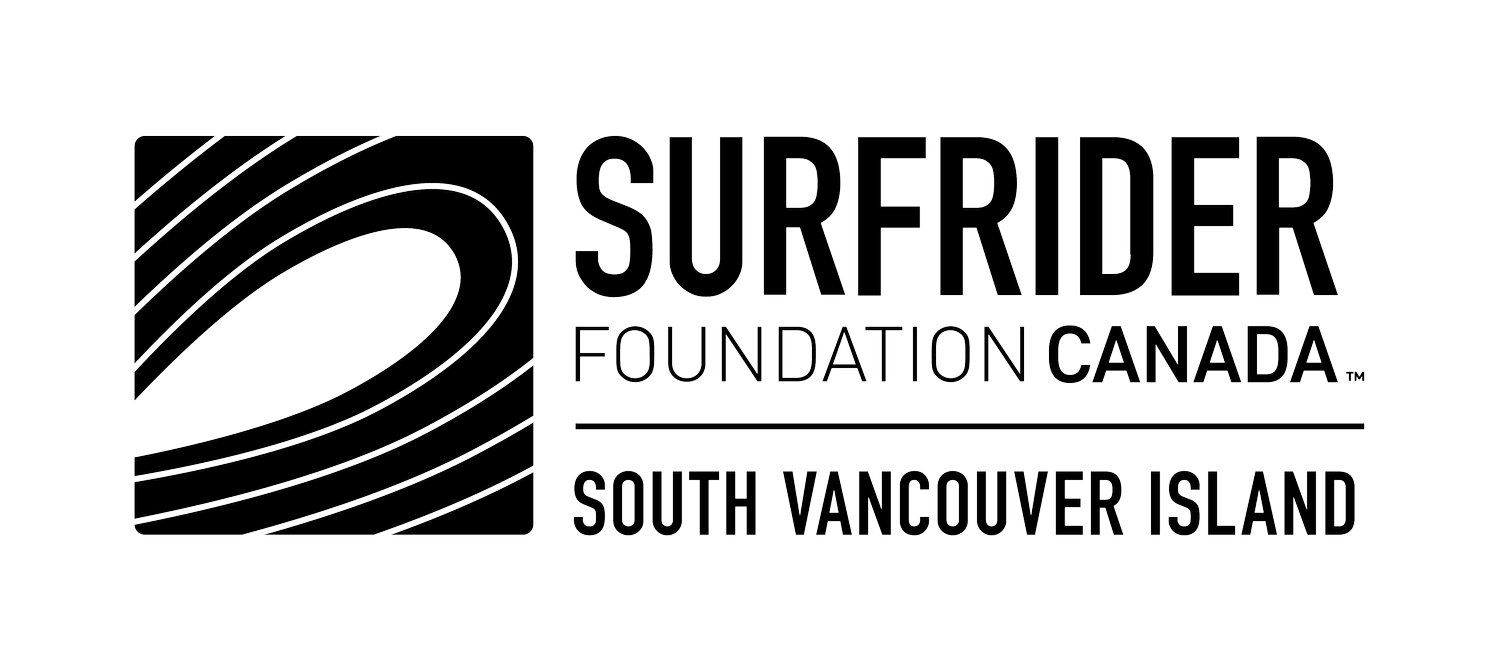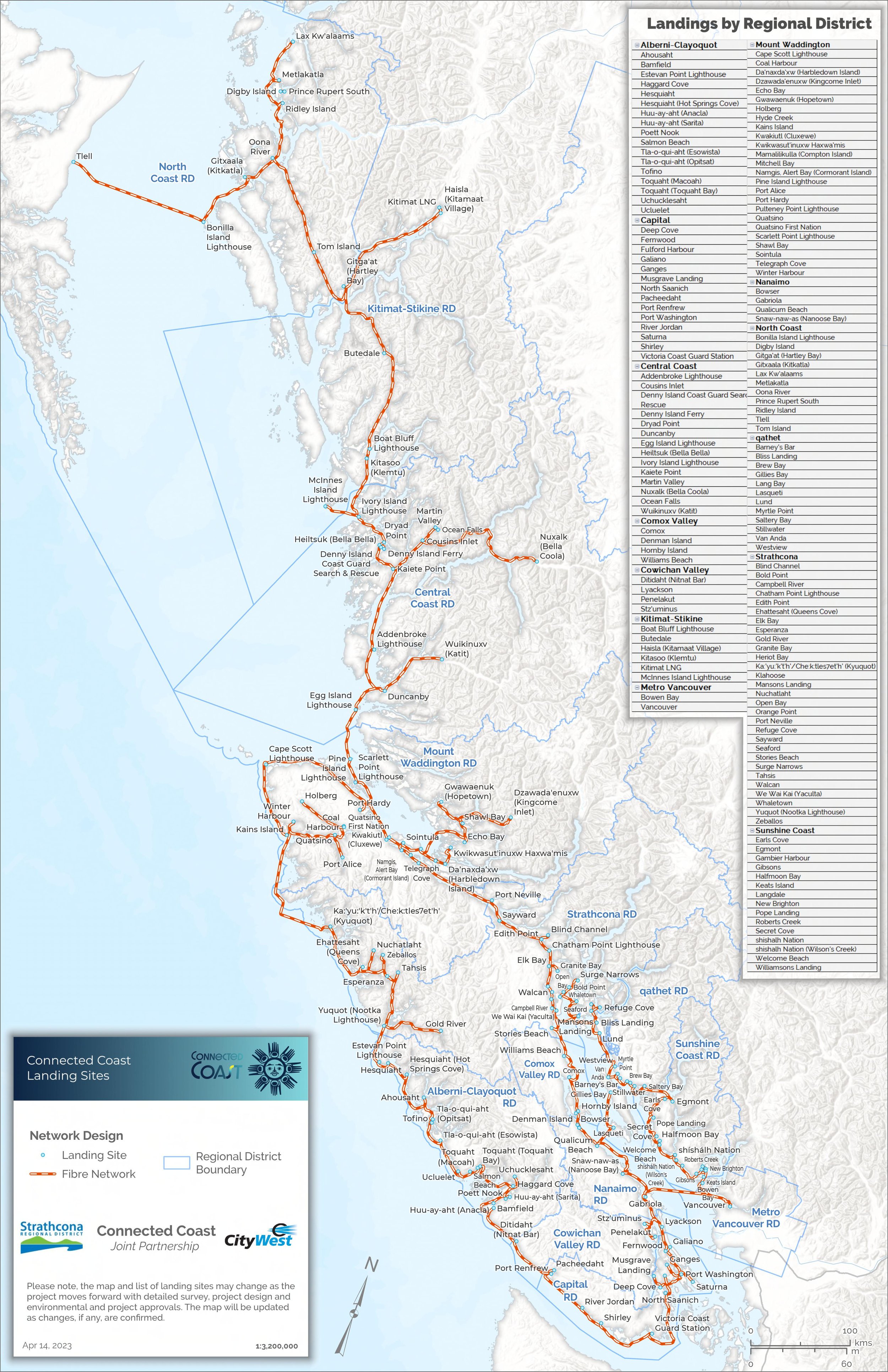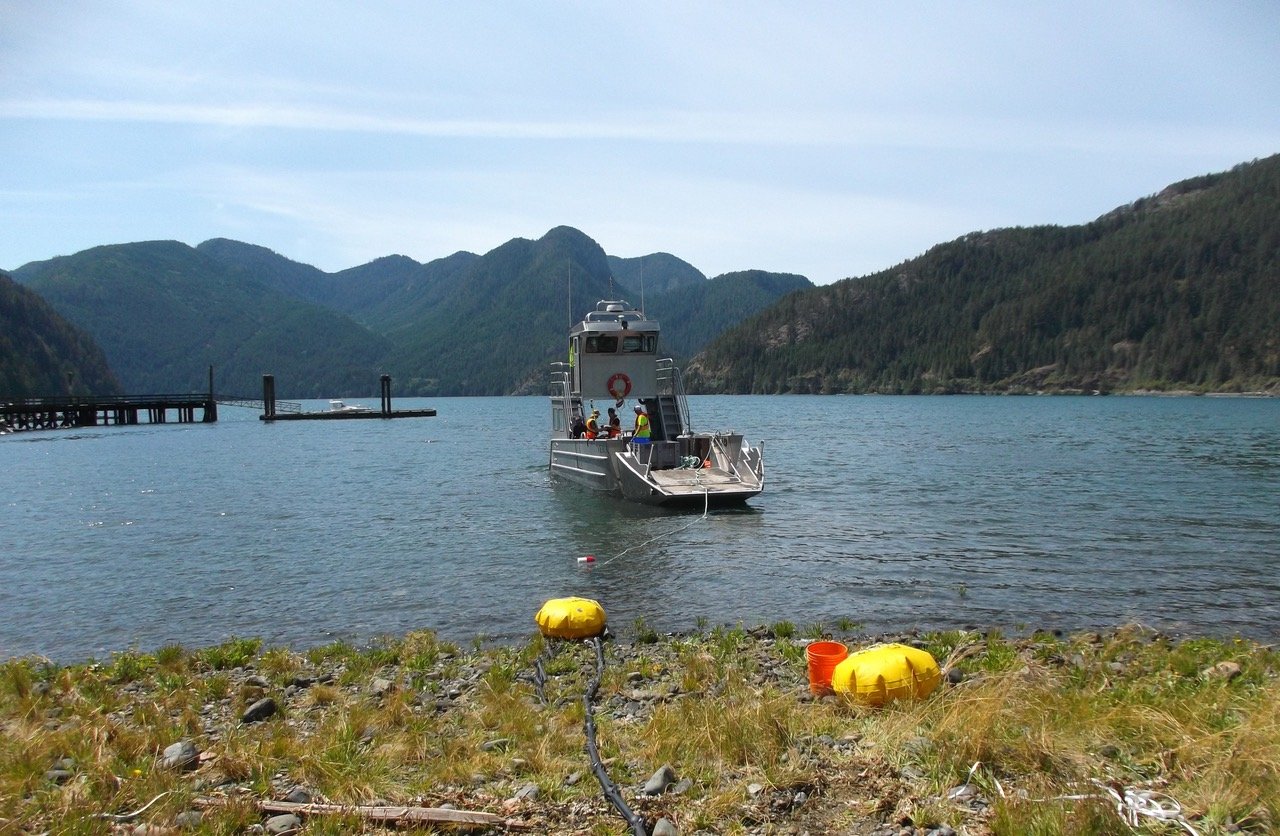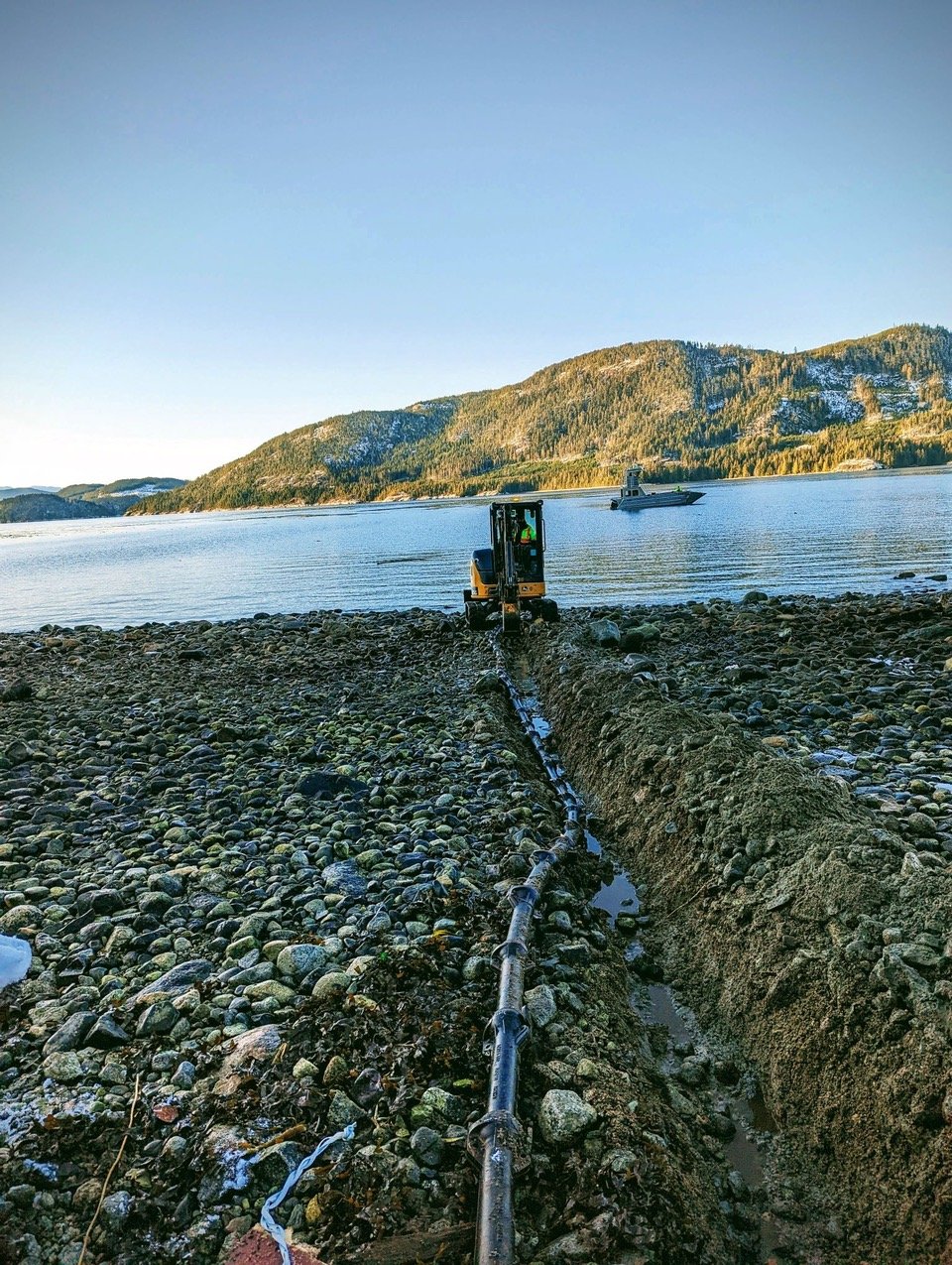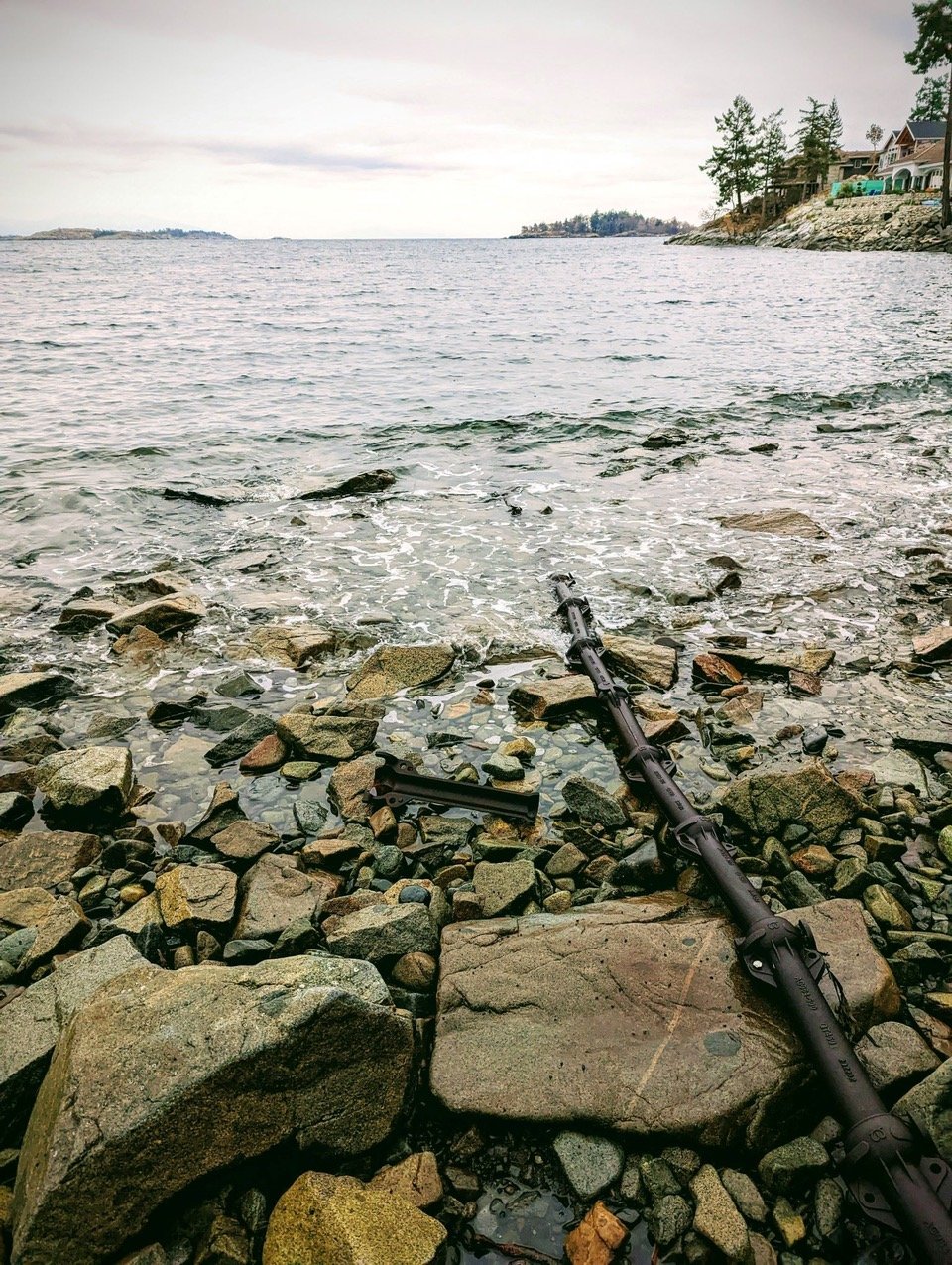Connected coast in jordan river
Written by Jordan Taylor
Some of us have started to notice signs put up around the Jordan River area regarding the Connected Coast initiative. This project hopes to place a fibre-optic cable close to the mouth of the Jordan River. Many of us have been wondering “What is this project?” “Why is it happening?” and a few of us are wondering if this project will impact the seafloor and the waves many of us enjoy. Here we hope to bring some ease of mind and answer those very questions.
Connected Coast is a B.C.-wide coastal project, aiming to bring high-speed internet to 139 remote coastal communities, including 48 Indigenous communities. The project will span along the B.C. coast from north of Prince Rupert, to Haida Gwaii, south to Vancouver, and across Vancouver Island. The Connected Coast project is a partnership between CityWest, Strathcona Regional District, the federal government, and the province of B.C.
When first announced in 2018, two separate project proposals were put forth by CityWest and Strathcona Regional District. These two organizations had both put forth proposals wanting to bring high-speed internet to remote communities along the B.C coastline. With these shared goals, it was an easy decision for these two organizations to combine forces in creating the Connected Coast Partnership that is currently underway. This partnership allowed CityWest and Strathcona Regional District to combine their resources by reducing and sharing the project costs.
The Connected Coast partnership is leading the construction of 3.5 million meters of subsea fibre-optic cable. Conservatively, it is estimated that this project will benefit roughly 175,000 British Columbians. This project will cost an estimated $45.4 million to provide 159 landing sites to various remote locations. The funding for this project is being provided by the Government of Canada’s Connect to Innovate program, Indigenous Services Canada, and the province of B.C through the Connecting British Columbia program.
As a part of the Connected Coast mandate, the project team is required to engage with First Nation communities to consult before and after construction. It is important that the needs of these communities are met. Their needs include: transparency when sharing information about the project, confirmation of initial interest, determining the best route for the cable and to mitigate potential environmental impacts and help facilitate the last-mile discussions. This project also aims to use local resources and contractors to keep the community directly involved in construction.
It should be noted that this cable provides ‘backbone’ infrastructure only. It is up to each community to connect to the high-speed infrastructure through their Internet Service Providers and set up the last-mile connectivity. The last mile refers to the cable that runs from the landing site directly to each community’s homes and businesses.
We were told by Renée; a Connected Coast representative, that “The connection at Jordan River is still in the permitting stage. Construction of the project will continue with the orange permitted areas first, [foreshore land under water as part of the bed of Jordan River and Juan de Fuca Strait]. If permitting is finalized, the cable could potentially be laid in this area later this summer season [2024]”. Which of course is dependent on the finalization of permitting and weather.
When we asked Wes Eisses; who is the primary contact of this project on behalf of CityWest, if those at Connected Coast were aware that this cable is being laid in a very popular surf area, Wes responded by saying “We are aware of the local surf scene and in no way would want to impact that in a negative way. I can assure you our footprint is quite small (the cable is about the size of your thumb) and the cable landing work consists of a ~80mm conduit that is trenched to low tide and then surface laid out until we reach our designed depth (4+m at low tide) at which point the cable is surface laid. Due to the sandy/gravelly substrate, the surface-laid infrastructure tends to self-bury relatively quickly. There would be no detrimental impact to the wave quality or shape from this work.”
The potential of the Connected Coast project and the opportunities it could provide to these remote and Indigenous communities will have a huge impact. The modern world is digital. Having access to reliable high-speed internet will allow for new economic opportunities, increased benefits to our health care system, available emergency notifications, and education and training opportunities. For many B.C residents this project will support individuals to be able to work remotely, to participate in e-commerce and develop businesses online.
Fun fact: The Connected Coast logo’s artwork was designed by Roy Henry Vickers. Tsimshian Native artist Roy Henry Vickers is well-recognized here on Vancouver Island. Roy has a northwest coast longhouse style art gallery, located right in the core of Tofino. The eight handprints around the face of the logo represent the circle of community and symbolize how the Connected Coast project will help elevate and bridge together remote communities.
